After a rule change in Western Australia (WA) saw regional customers unable to run their air conditioning at the same time as their induction cooktops, Western Power, the sole network operator for WA’s main grid, has agreed to increase regional electricity supply allocations.
The move comes after a seemingly innocuous change majorly disrupted both regional households and solar companies across WA’s south-western corner.
In February this year, Western Power implemented a new mandate for properties to install a main switch circuit breaker with any major electrical work – such as installing a solar system. The issue was that for regional properties, that circuit break would trip with a draw of over 32 Amps (an induction cooktop alone draws at least 20 Amps).
pv magazine Australia first reported on the issue in July 2022. On Wednesday, Oct. 19, Western Power announced it would begin increasing rural electricity supply allocations from 32 Amps to the standard 63 Amps given to urban properties after considering “recent community and industry feedback.”
The idea is to begin the increased supply allocated as a trial, though Western Power’s executive manager for asset management, Gair Landsborough, said he is “confident we’ll be able to standardise this.”
The trials will begin from now until March 2023, and will initially see the Shires of Boyup Brook, Bridgetown-Greenbushes, Collie, Donnybrook-Balingup, Nannup, West Arthur and Williams with increased supply allocations.
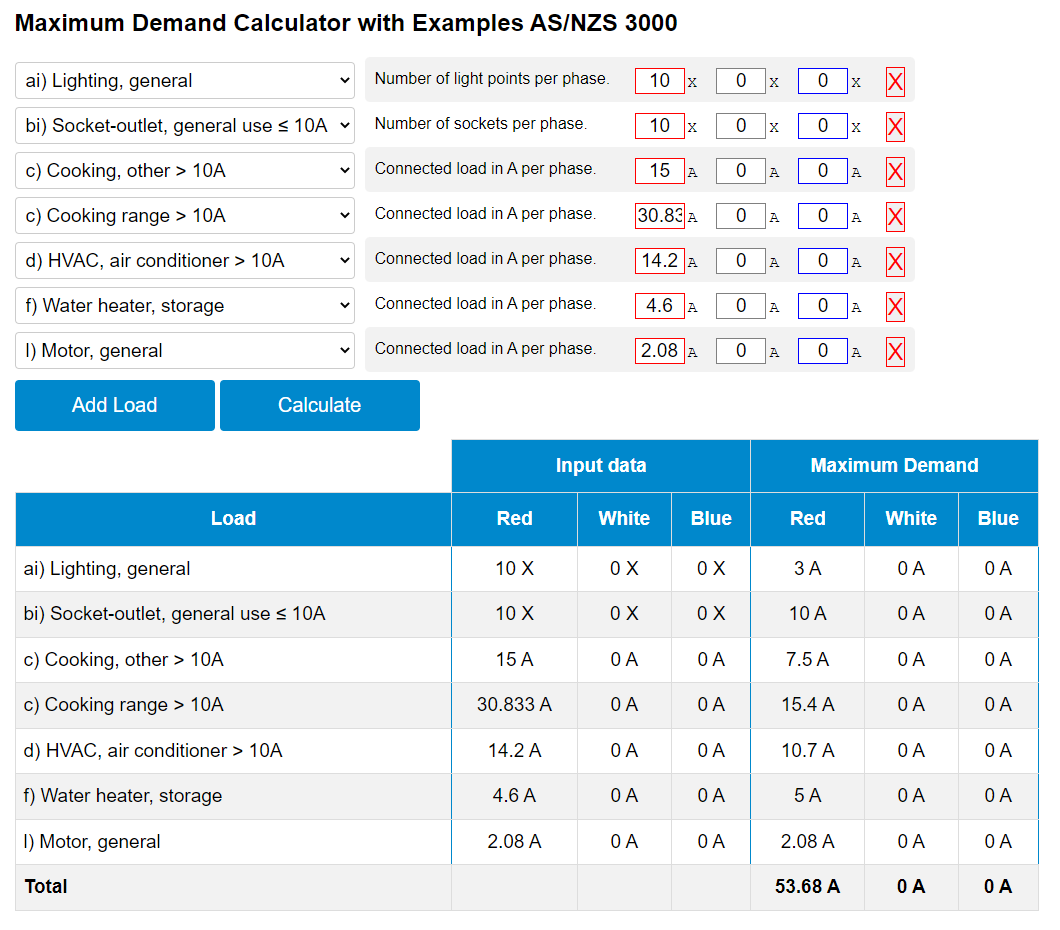
Image created via Screen shot from jCalc.NET
Landsborough noted that the new abundance of advanced metering technology means there is more detailed data than ever before.
“The data showed that the existing electrical infrastructure can support an increase in regional load, with network reinforcements to be implemented through our forward planning,” says Landsborough. “The trial will further support that the rural supply allocation is fit-for-purpose and we’re confident we’ll be able to standardise this, but we need to ensure this is managed in a safe and reliable way.”
The requirement for switch breakers to be installed following major electrical work will remain in place, though the hope is regional households won’t trip their power as soon as they switch on the oven.
This content is protected by copyright and may not be reused. If you want to cooperate with us and would like to reuse some of our content, please contact: editors@pv-magazine.com.
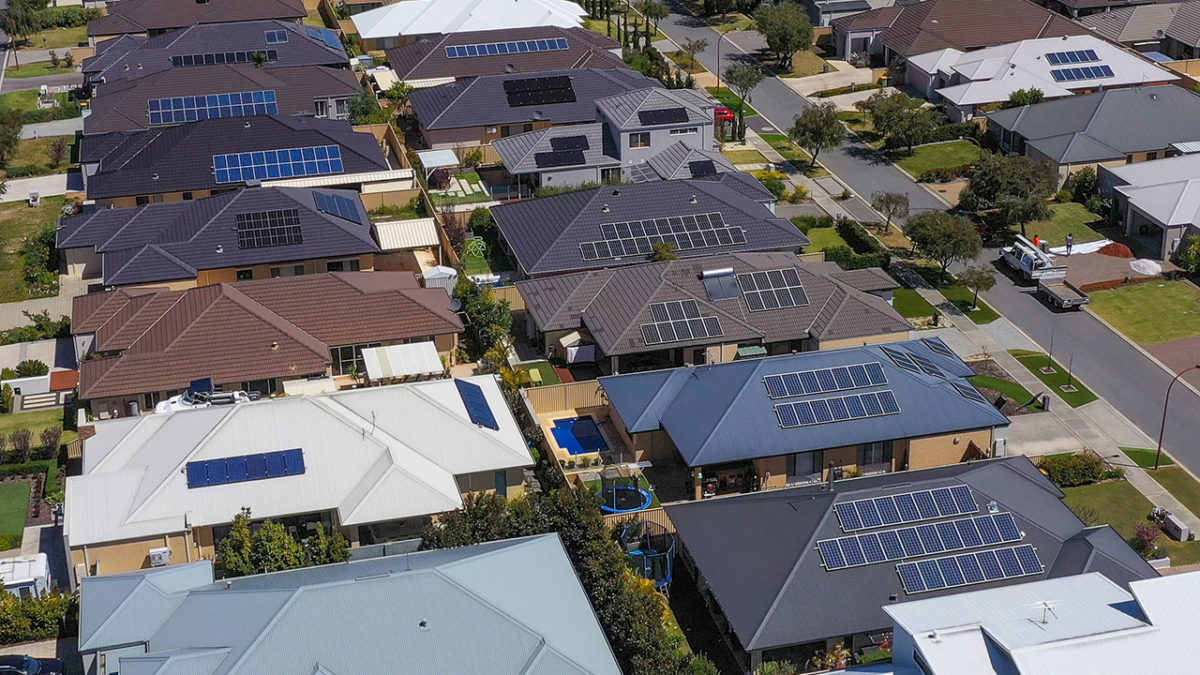




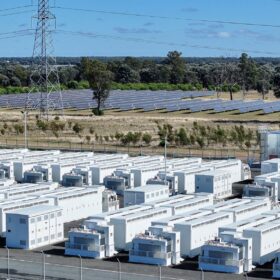

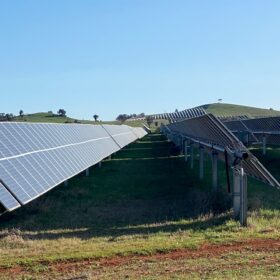
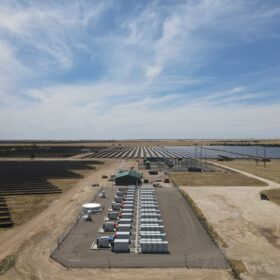
Now, what we need, is for the WA state government to take the next step to bring WA out of the Dark Ages, and, to try to catch up with the decades more advanced eastern states, by allowing single phase households throughout the state, to have rooftop photovoltaic systems with inverters of up to 15kW capacity, with export limiting to 1.5kW (to protect the fragile and decrepit electricity grid), the same as for three phase households.
Because the standard single phase electricity grid household connection, allows for up to 15kW of load, no reason exists for not allowing single phase households to have rooftop photovoltaic systems with inverters of up to 15kW capacity, with export limiting of 1.5kW, the same as for three phase households, other than gratuitous bastardy.
Having recently upgraded our rooftop PV system, to provide UPS provision for the household, to deal with the unstable and unsafe grid electricity supply (which recently destroyed a computer that would cost about $8,000 to replace, if it could be replaced in Australia, which I have as yet, been unable to find), this household has to now learn to cope with what the rural households have been dealing with – limiting the total household load, to 20A, or, 5kW, to comply with the stupid limit of 5kW imposed on single phase inverters, in WA, the Flintstones state of Australia. Amongst other things, like the rural households, that means not being able to use an electric jug, at the same time as a dishwashing machine.
Good article on how Western Power can ensure adequate electricity supply on a long-term basis, especially with solar companies around WA. You said, ” “The data showed that the existing electrical infrastructure can support an increase in regional load, with network reinforcements to be implemented through our forward planning,” says Landsborough. “The trial will further support that the rural supply allocation is fit-for-purpose and we’re confident we’ll be able to standardise this, but we need to ensure this is managed in a safe and reliable way.” Do you have any more information on what they plan to do to standardise this in a safe way?
Hi Michelle, thanks for your comment. We may not have more information until the trials begin. However, you may find more information via Western Power’s original press release: https://www.westernpower.com.au/community/news-opinion/trial-to-increase-rural-power-supply-allocation/